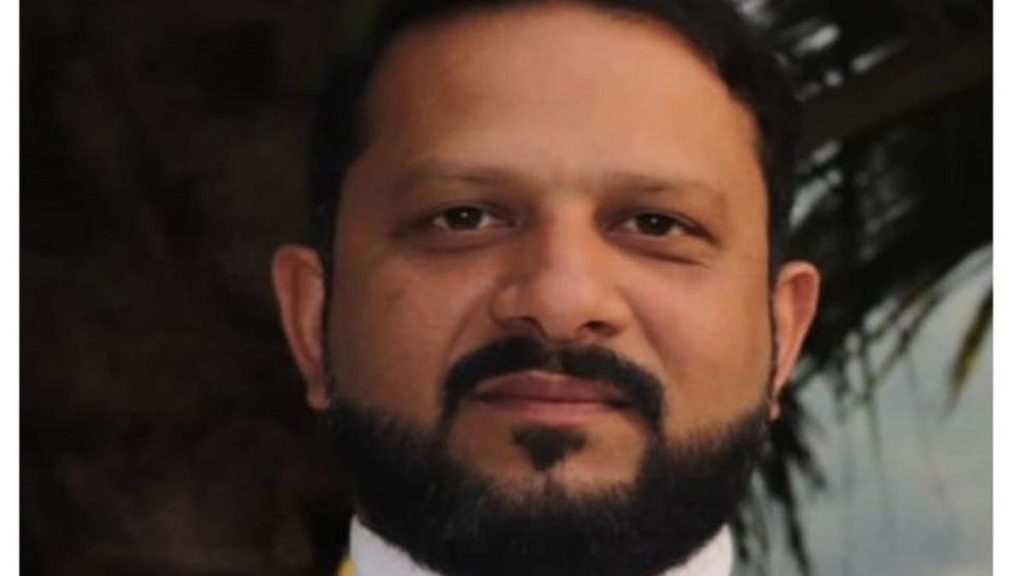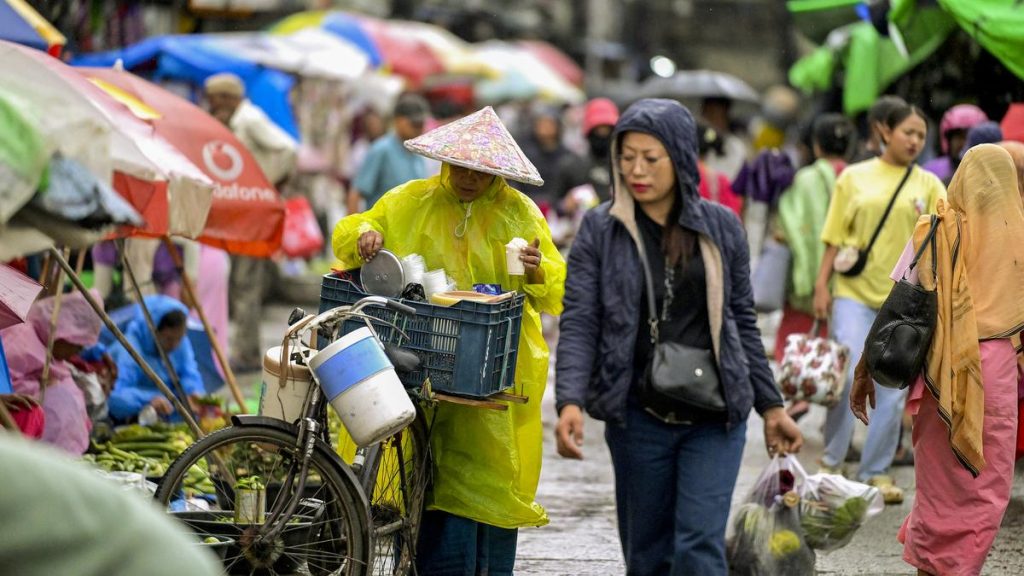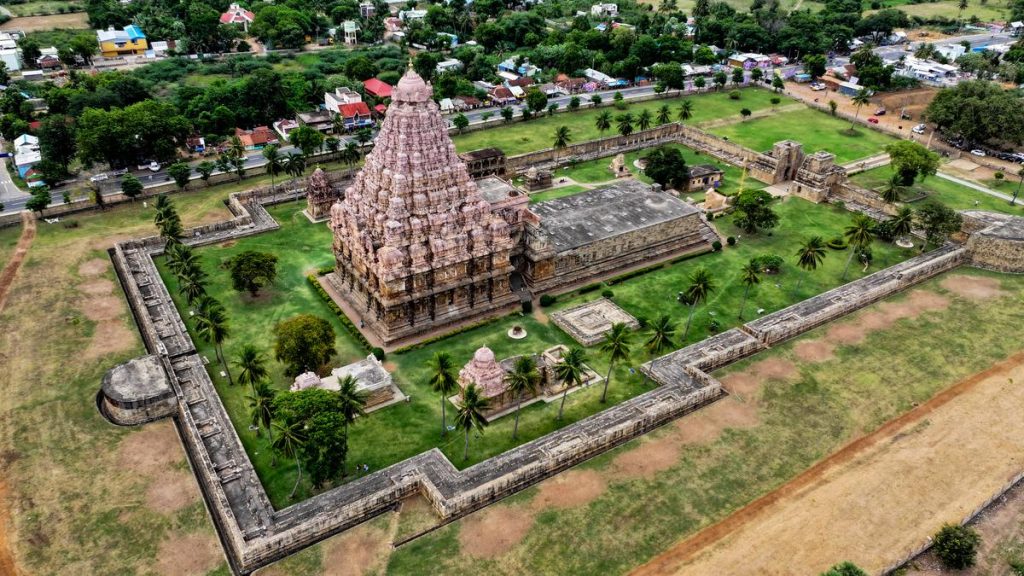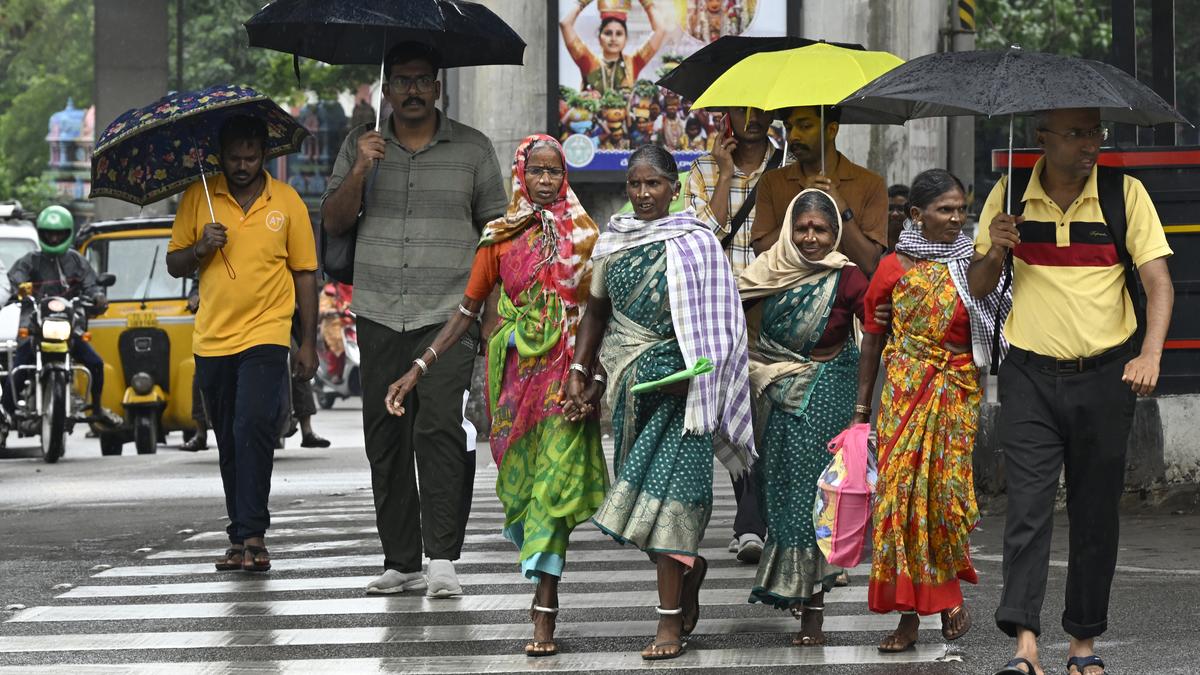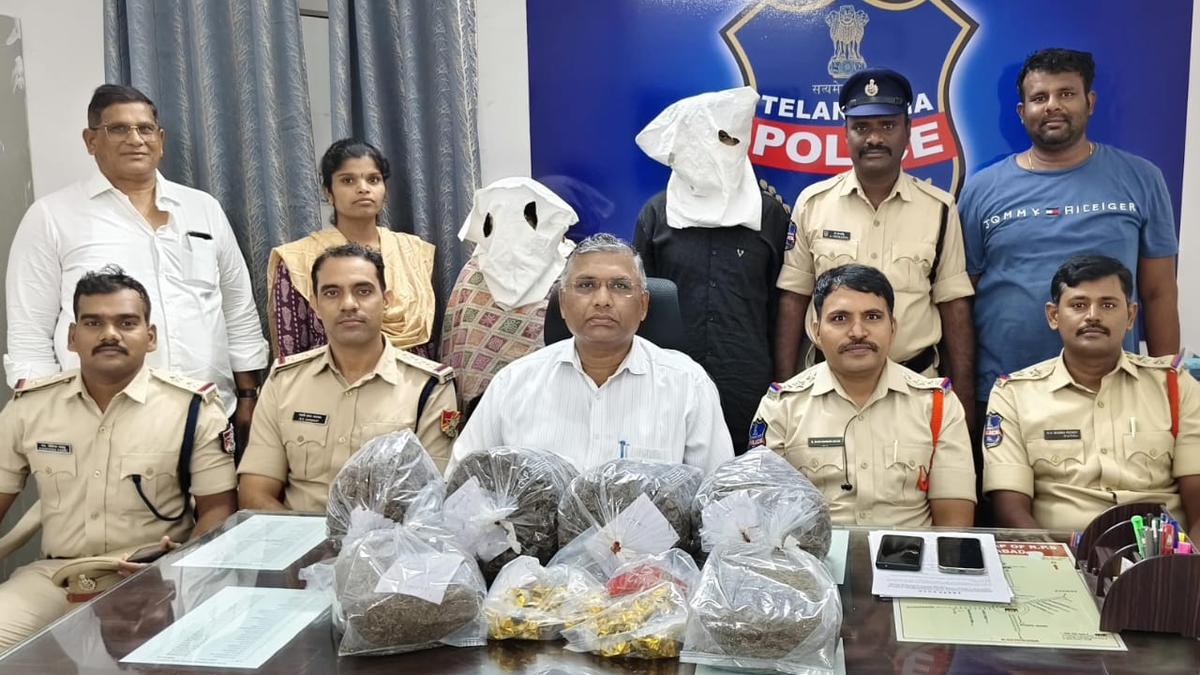Now Reading: Upskilling Essential for Healthcare Workers: CUTM Chancellor
-
01
Upskilling Essential for Healthcare Workers: CUTM Chancellor
Upskilling Essential for Healthcare Workers: CUTM Chancellor
Swift Summary
- Centurion University of Technology and Management (CUTM) hosted an international conference on innovations in healthcare at its campus in vizianagaram on Thursday.
- CUTM chancellor G.S.N. Raju emphasized the transformative role of innovation, research, and advanced technology in curing chronic diseases and stressed the importance of upskilling healthcare staff to ensure better patient outcomes.
- Associate Professor from Qassim University (Saudi Arabia) highlighted advanced imaging technology’s ability to detect eye-related diseases among diabetic patients, helping prevent retinal damage.
- Chief Scientist from IICT-Hyderabad, S.Sridhar, discussed membrane technology’s potential for early detection and prevention of waterborne diseases such as jaundice, cholera, and typhoid thru nanofiltration techniques.
- Retired AIIMS Professor P. Apparao spoke about histamine’s significant role in curing or managing various illnesses by reducing dependency on medication.
- The conference was attended by CUTM Vice Chancellor P.K Mohanty and registrar P.Pallavi along with other dignitaries.
Indian Opinion Analysis
The international conference organized by Centurion University sheds light on the integration of innovation into healthcare technology-a sector crucial for India’s growth given its diverse health challenges across urban and rural areas. The discussions emphasize both cutting-edge solutions like advanced imaging for diabetics’ eye care and membrane filtration methods for combatting waterborne illnesses-problems relevant to India due to high prevalence rates.
Encouraging upskilling within non-medical healthcare professions is another noteworthy point raised at the event as advancing technical proficiency among support staff could boost overall system efficiency without solely relying on doctors’ expertise.
From a broader outlook, such conferences underline India’s increasing focus on leveraging research-driven solutions not only to address specific conditions but also improve preventive measures-a necessity given pressures like population density impacting public health infrastructure.
Read more: The Hindu



